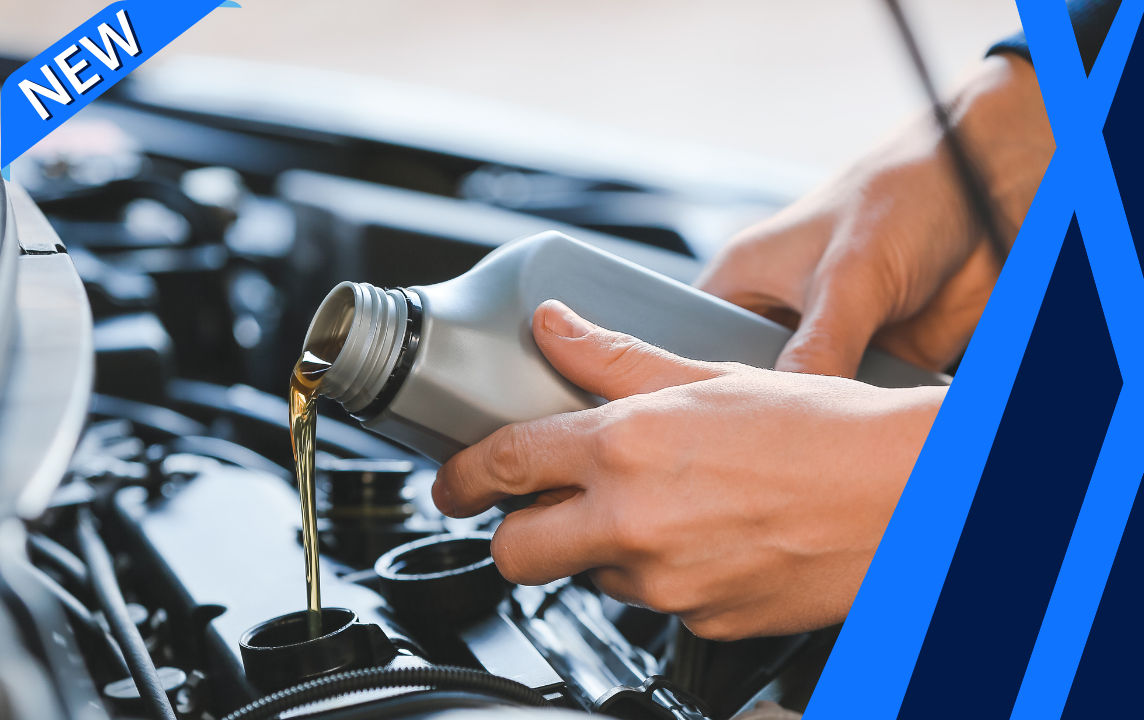Description
Car has excessive body roll Inspection
How this system works:
When you make a sharp or fast turn in your vehicle, all force pushes away from the turn. If you’re turning left, the force on your car is pushing it to the right. This causes your car’s body – and therefore the weight – to be on the outside of the turn. If you then turn in the other direction, the force and weight have to shift to the other side of the vehicle. While body roll exists in every car, many systems in your vehicle, such as the shocks, suspension, and your tyres, help minimise the amount of body roll and its impact on the driver.
Common reasons for this to happen:
Excessive body roll can be caused by many different parts of your car not acting properly.
- Loose and worn suspension: The suspension system keeps your car smooth and balanced. It connects all four wheels to the car’s body and allows the wheels and body to work in tandem. The suspension makes your car one cohesive piece rather than four separate components. Since the suspension helps hold everything together, it reduces the body roll because it doesn’t allow all of the force to shift to the outside of the vehicle. As the suspension wears out and becomes loose, the drive on the car becomes loose as well, which means that the body roll becomes stronger and more noticeable.
- Shocks need replacing: Like your suspension, your shocks play a key role in helping your car have as smooth a ride as possible. Shocks help limit how much force the body of your car feels, by absorbing a large amount of the impact from the road. While shocks are primarily associated with absorbing bumps and bounces from the road, they also help with body roll. As the force from turning sharply is applied to the vehicle, the shock springs absorb much of the pressure, and limit what you feel inside the car.
- Worn down tires: While your suspension and shocks impact how much body roll your car experiences, tires impact how your car deals with the body roll. Excessive body roll can make it hard to steer, as your car has a hard time gaining traction on the road and straightening itself out. If your tires are worn down, and lacking tread, then this impact is magnified. Worn down tires have a very hard time gripping the road, and will make it difficult for your car to handle when facing large amounts of body roll.
- Modifications: Wheels and shock lift kits are two very common modifications for cars, but both of them can have adverse impacts on how your car handles body roll. A mechanic will be able to tell you if the modifications made to your vehicle are hurting the body roll.
What to expect:
A top-rated mobile mechanic will come to your home or office to determine the cause of the excessive body roll, and will then provide a detailed inspection report that includes the scope and cost of the necessary repairs.
How it’s done:
A mechanic will thoroughly inspect your vehicle to discover where the excessive body roll is coming from. They may drive your car, to help determine whether the problem originates in the suspension, shocks, or tyres. Most car parts that cause excessive body roll will require replacement rather than repair.
How important is this service?
Excessive body roll can make driving scary, and it also limits how quickly your car responds to you turning the wheel. But the most dangerous part of excessive body roll is that the primary areas where it originates from (the suspension, shocks, and tires), can cause much worse damage if their problems are ignored. Whenever you notice excessive body roll, you should schedule an inspection as soon as possible.




